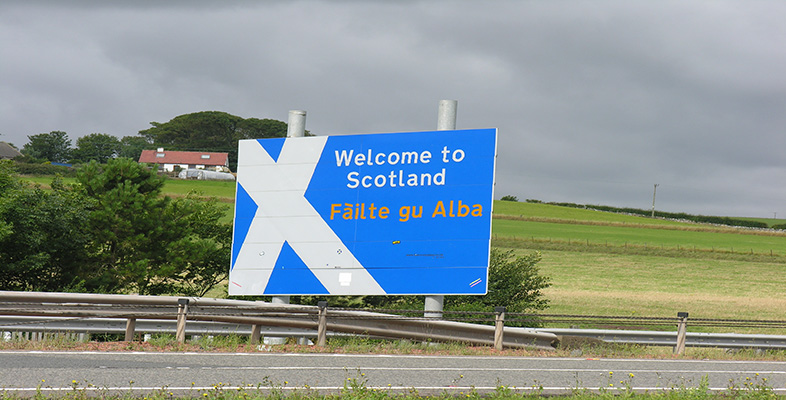4.4 Home and abroad: examples of bilingualism
4.4.1 Te Reo Maori
In most parts of the world, bilingualism (or multilingualism) is the norm. There are minority languages like Gaelic in most countries, often with similar problems and aspirations. Increasingly, minority language communities are becoming aware of what they have in common and what they can learn from each other.
The Maori language from New Zealand has been the big success story on the minority language scene in recent years. Basing their approach on the writings of the American sociolinguist, Joshua Fishman – and in particular his Reversing Language Shift of 1991 – the Maori language community, with the help of the New Zealand government, put a strategy in place which has transformed the fortunes of the language and become a model of good practice by minority language communities worldwide.
What they have achieved so far gives hope to threatened language communities, such as Gaelic, that language decline can be reversed if there is the will.
Tipene Chrisp, policy manager in the New Zealand government’s Ministry of Maori Development, described their strategy in a presentation to a conference on Gaelic organised by the Highland Council in Inverness in 2005.
‘By the late 1970s, it was predicted that the Maori language would be dead by 2010. This dire prediction sparked significant action to revitalise Maori in the early 1980s.
There was some recognition of the importance of home and community in this early phase. However, this recognition was quickly overtaken by our emphasis on formal education and broadcasting as the primary means for language revitalisation. It wasn’t until the Maori Language Conference of 1995 that home and community language development returned to the agenda.
The renewed emphasis on home and community language development was based on Fishman’s focus on intergenerational language transmission. We absorbed this theoretical approach over time and were inspired by it. It has been adopted as the central platform of our strategy.
We realised quite early that Government cannot directly influence intergenerational language transmission. We can only take indirect measures that support the creation of an environment that is conducive to intergenerational language transmission in homes and communities. Our research indicated that there were three broad instruments for providing this indirect support:
- Incentives (mainly indirect, such as preferential access to particular schools)
- information (originally text-based for reasons of cost but now involving a range of media, including storylines in TV soaps)
- advice (delivered mainly through language planning at the community level and a system of family language mentors on the home front).’
The essence of the Maori language approach is that the family and the community are crucial to the continued survival of the language and, therefore, restoring ‘intergenerational language transmission’ is their principal aim. The kohanga reo, or ‘language nests’, which provide early immersion education in Maori, have played a key role in this strategy. The video clip below describes kohanga reo.
For information on the Maori language generally, visit He Korero mo Te reo Maori [Tip: hold Ctrl and click a link to open it in a new tab. (Hide tip)] .
